The construction of the Independence Palace began in early July 1962, after the old palace from the French colonial period was damaged. The palace was built according to the design of architect Ngo Viet Thu, the first Vietnamese to win the Grand Prix de Rome.
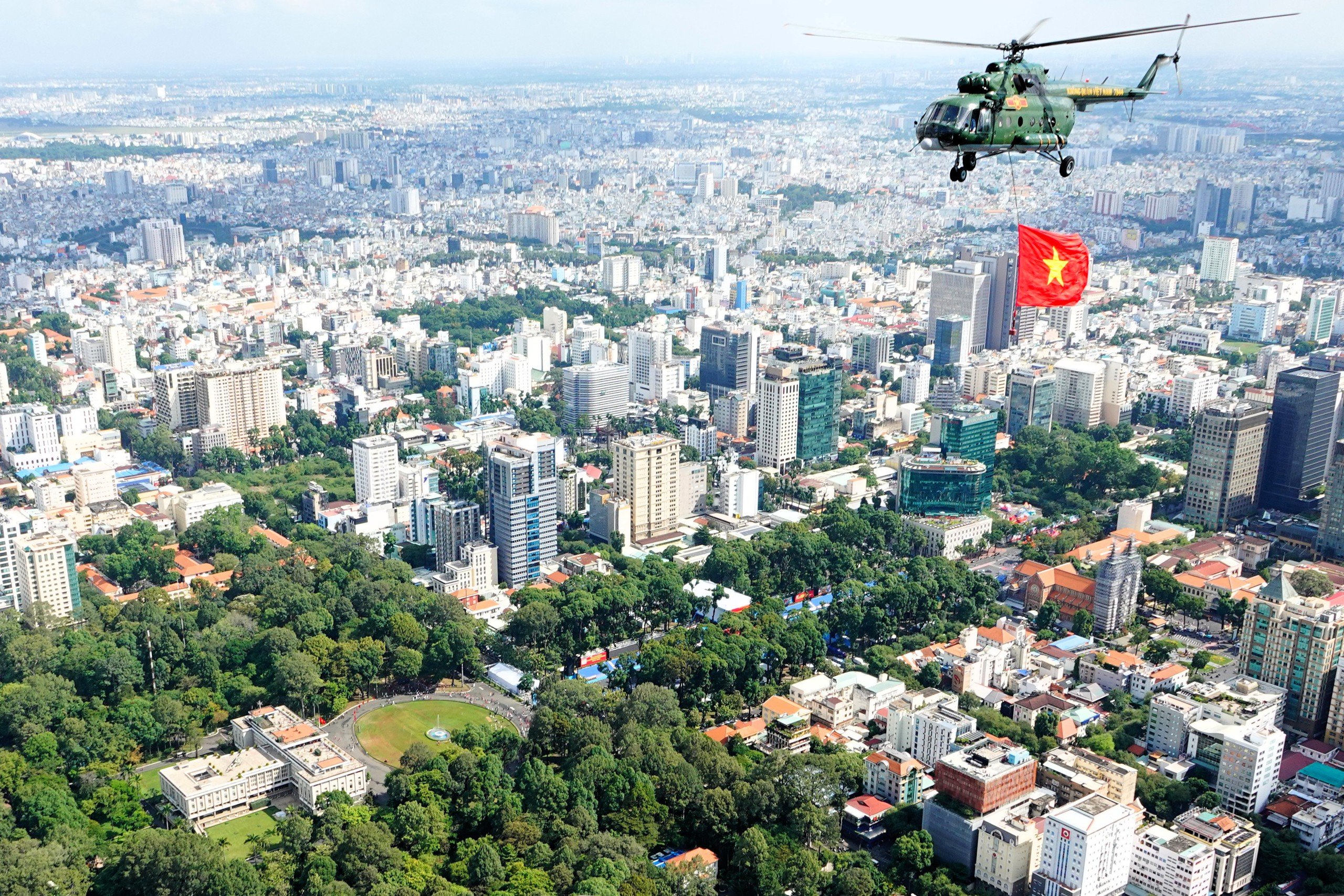
Military helicopter of the Air Defense - Air Force flying the national flag over the Independence Palace
PHOTO: MAI THANH HAI
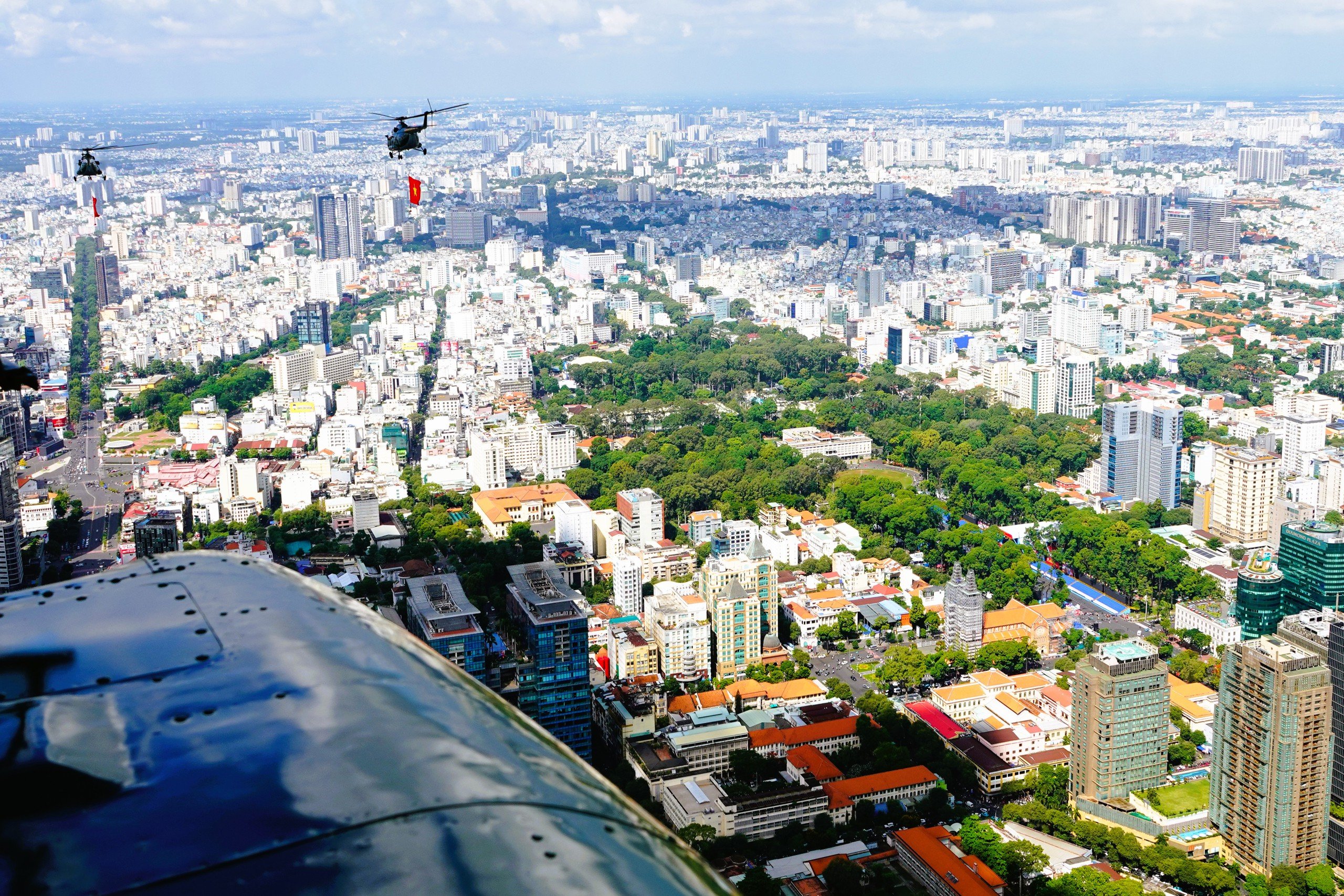
Independence Palace stands out with green parks
PHOTO: MAI THANH HAI
At noon on April 30, 1975, tank number 843 of the Vietnam People's Army under the command of Lieutenant Bui Quang Than, crashed into the side gate of the Independence Palace; then tank number 390 commanded by Lieutenant Vu Dang Toan crashed through the main gate and entered the palace.
At 11:30 a.m. the same day, Lieutenant Bui Quang Than raised the flag of the National Liberation Front of South Vietnam to the roof of the Independence Palace, signaling the day of total victory.
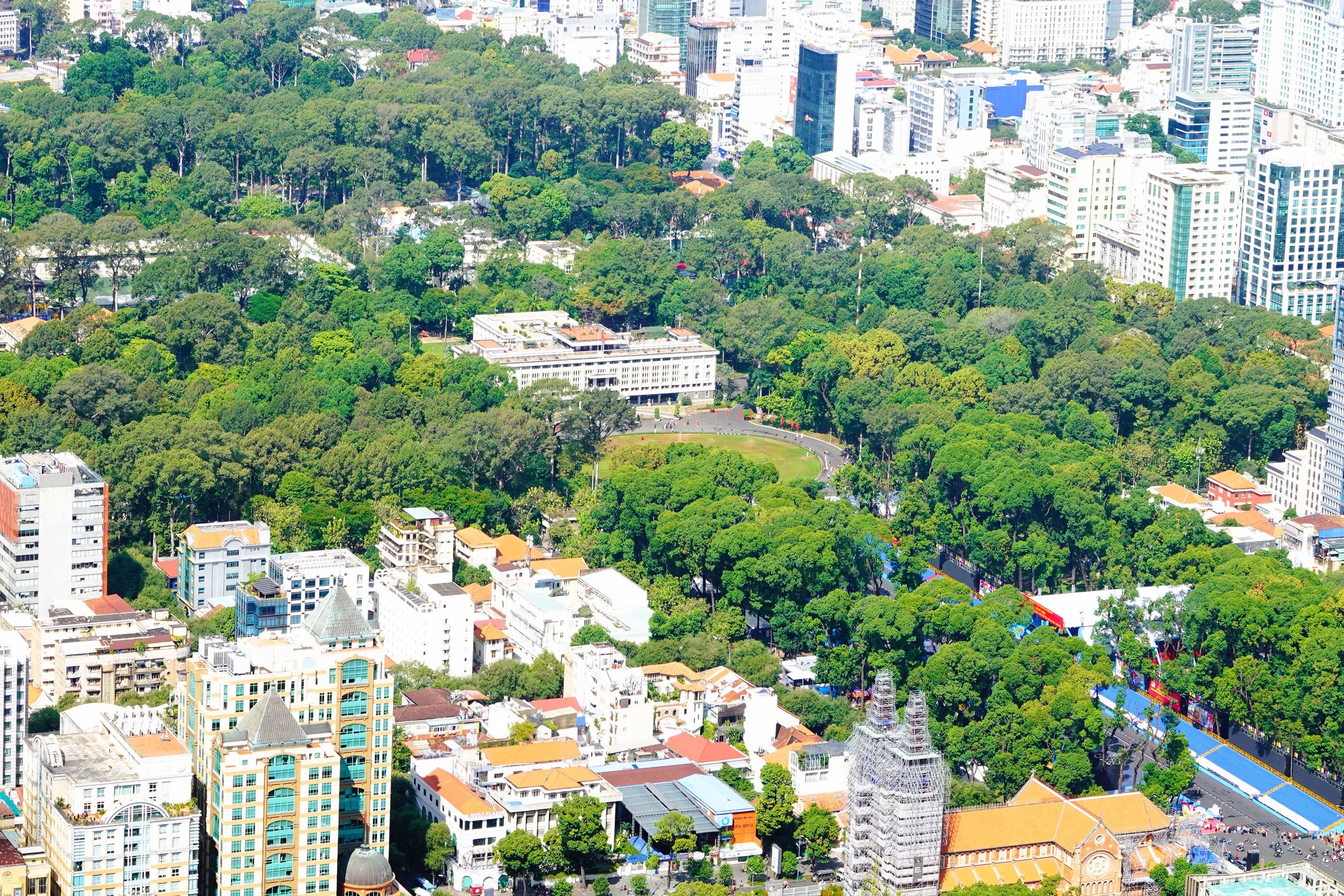
The grandstand for the 50th anniversary celebration of the country's reunification, on Le Duan Street, in front of the Independence Palace
PHOTO: MAI THANH HAI
The Independence Palace is a famous historical and cultural relic visited by many domestic and foreign tourists. The Palace was recognized as a National Historical and Cultural Relic in Decision No. 77A/VHQD (June 25, 1976) of the Minister of Culture (now the Ministry of Culture, Sports and Tourism). The Government ranked the Independence Palace Historical Relic as one of the first 10 special national relics of Vietnam on August 12, 2009.
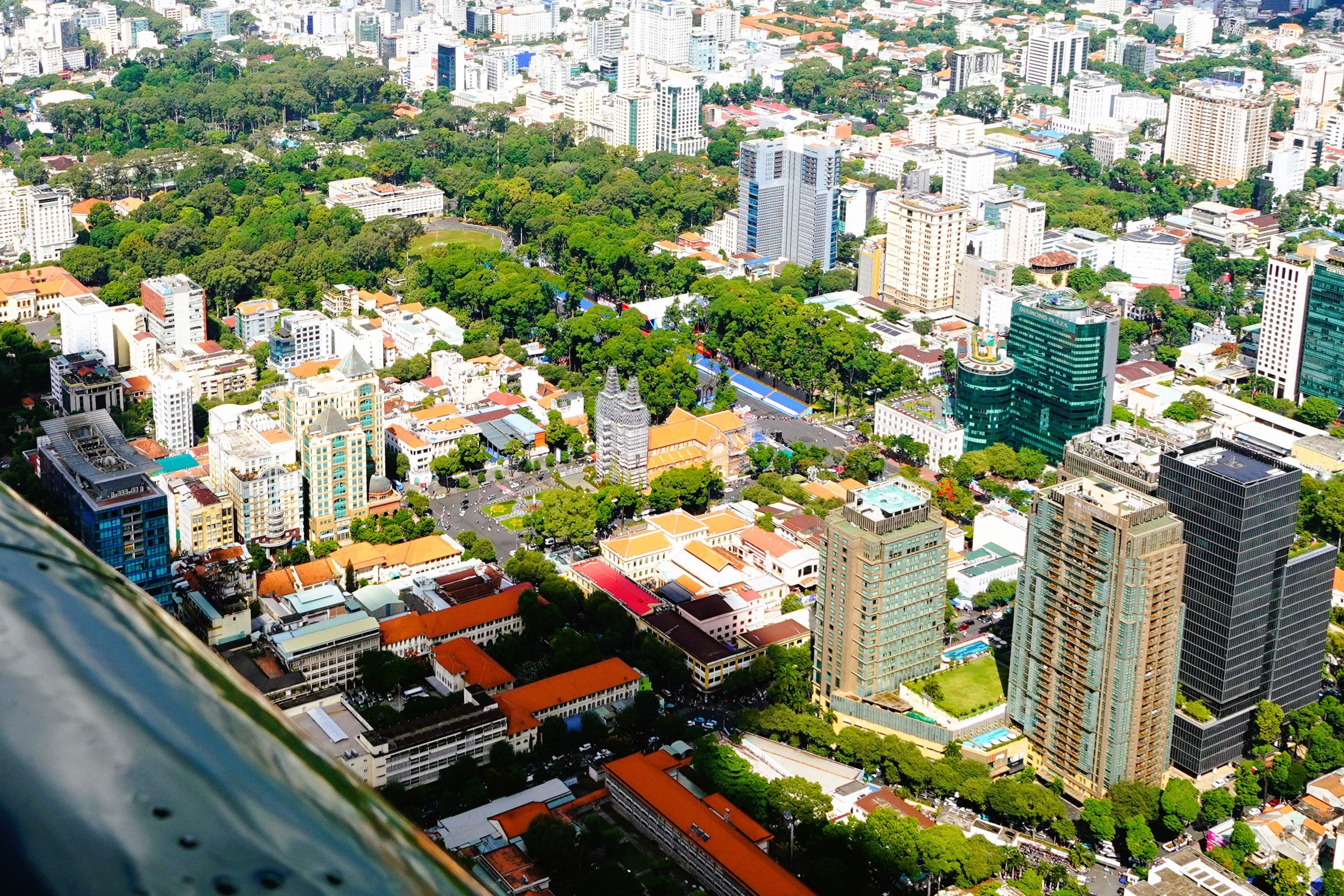
Large buildings in front of the Independence Palace area
PHOTO: MAI THANH HAI
Not only having historical significance, the Independence Palace also shows typical Vietnamese architecture in the 1960s. In addition, the Independence Palace is often the venue for major events held in the city, receptions of the Party, the State in Ho Chi Minh City as well as the city government.
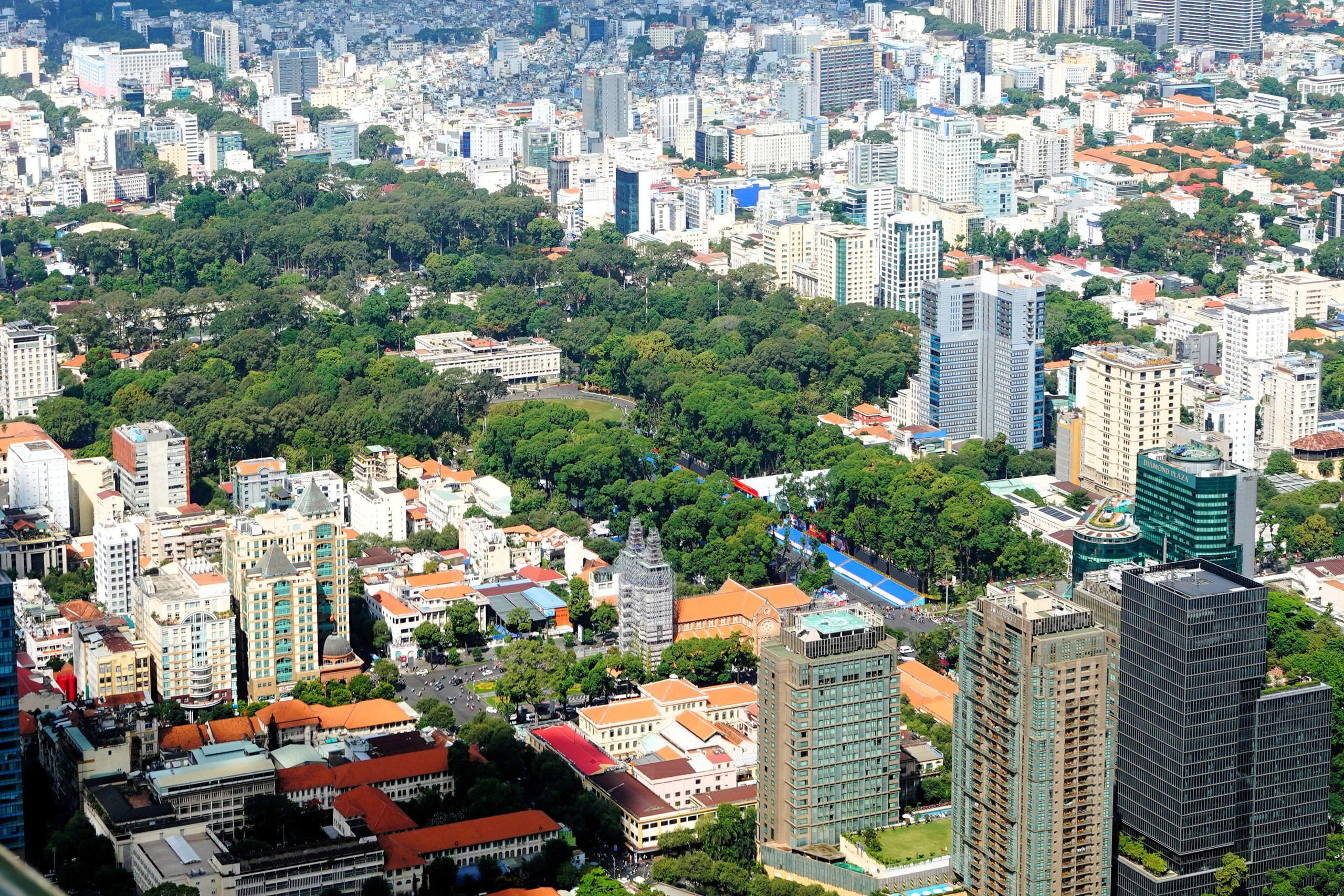
Center of District 1, Ho Chi Minh City with the highlight of Independence Palace
PHOTO: MAI THANH HAI
The Independence Palace was designed by architect Ngo Viet Thu and built on an area of 4,500 m², with a usable area of 20,000 m², including 3 main floors, 2 mezzanines, a ground floor, 2 basements and 1 rooftop for helicopters to land.
The Independence Palace is 26 meters high and is located in a 12-hectare tree-lined campus. Outside the front and back fences of the palace are two green parks.
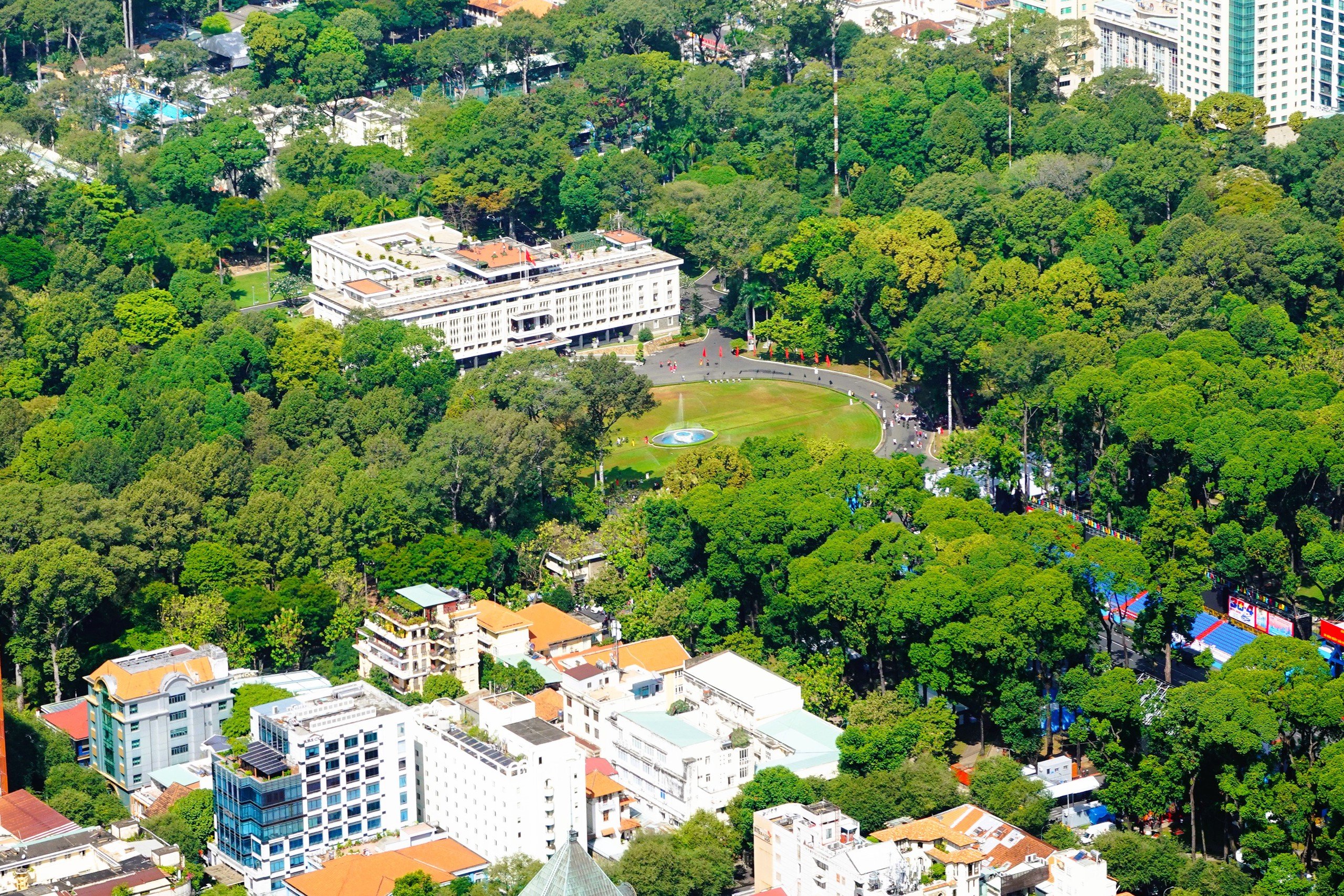
In front of the Independence Palace is a lawn and a fountain.
PHOTO: MAI THANH HAI
Thanh Nien Newspaper reporter recorded some images of the Independence Palace, seen from a military helicopter:
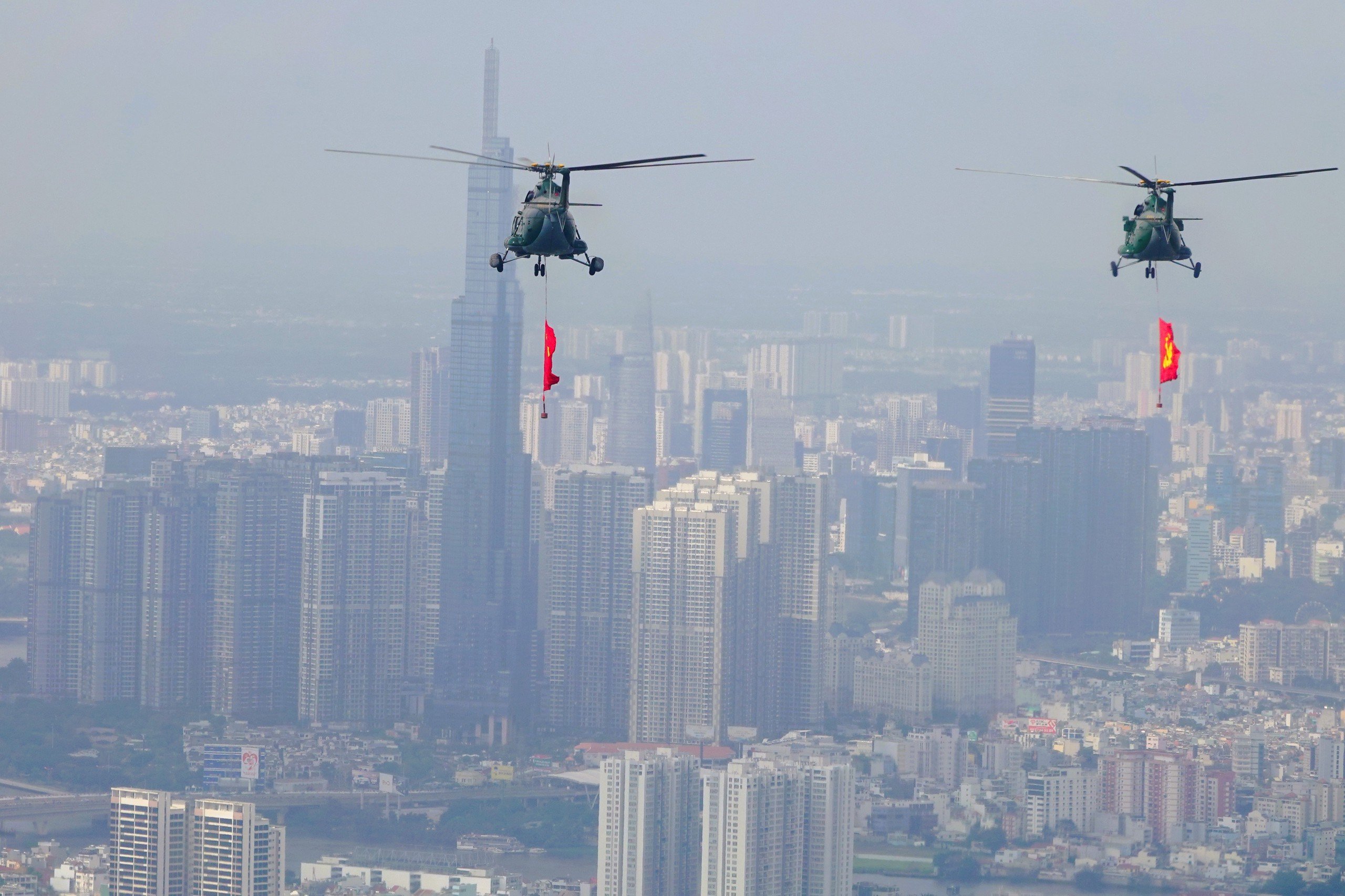
Helicopter squadron enters the center of Ho Chi Minh City
PHOTO: MAI THANH HAI
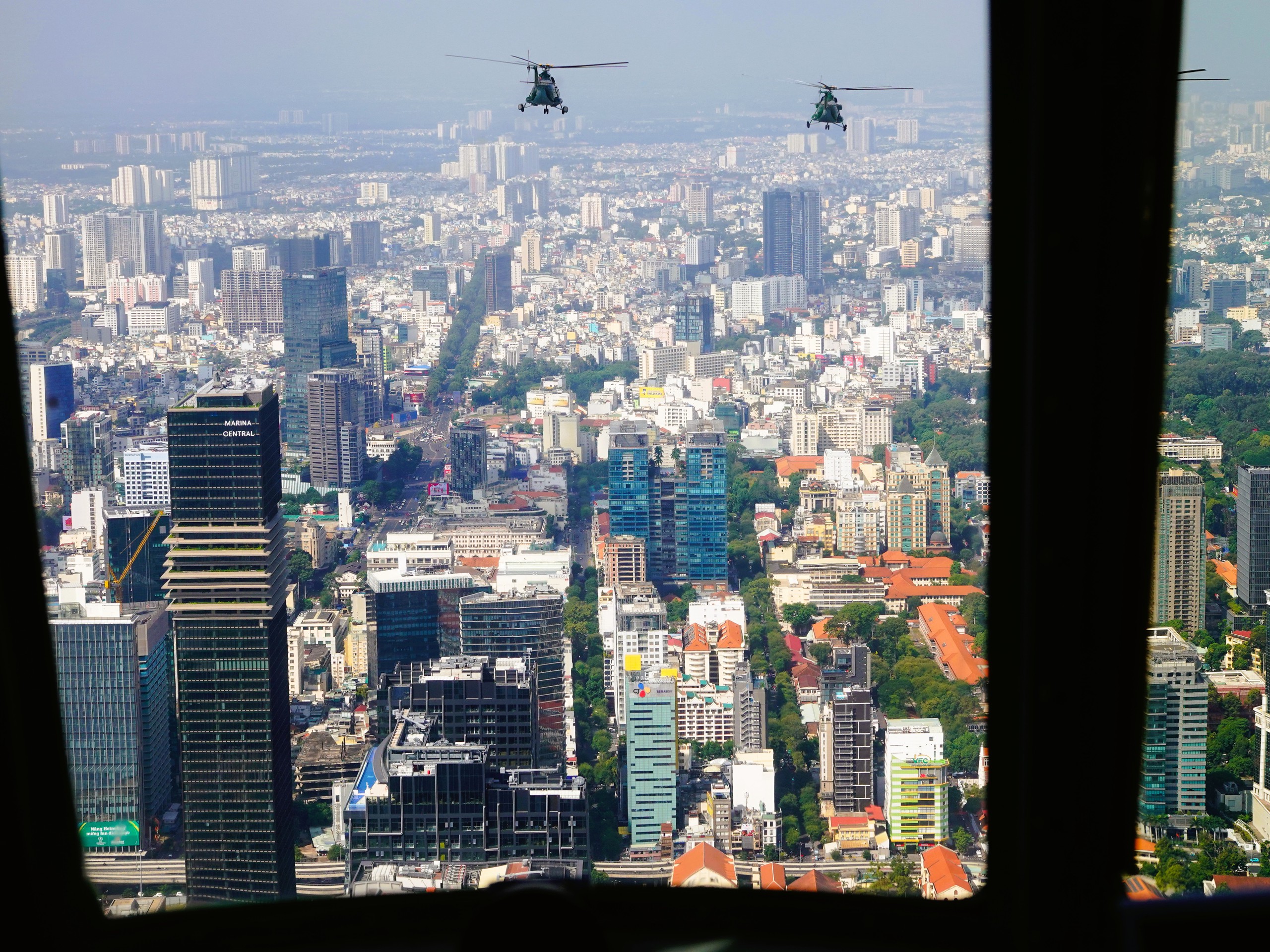
Independence Palace on the right, seen from the cockpit of a military helicopter
PHOTO: MAI THANH HAI
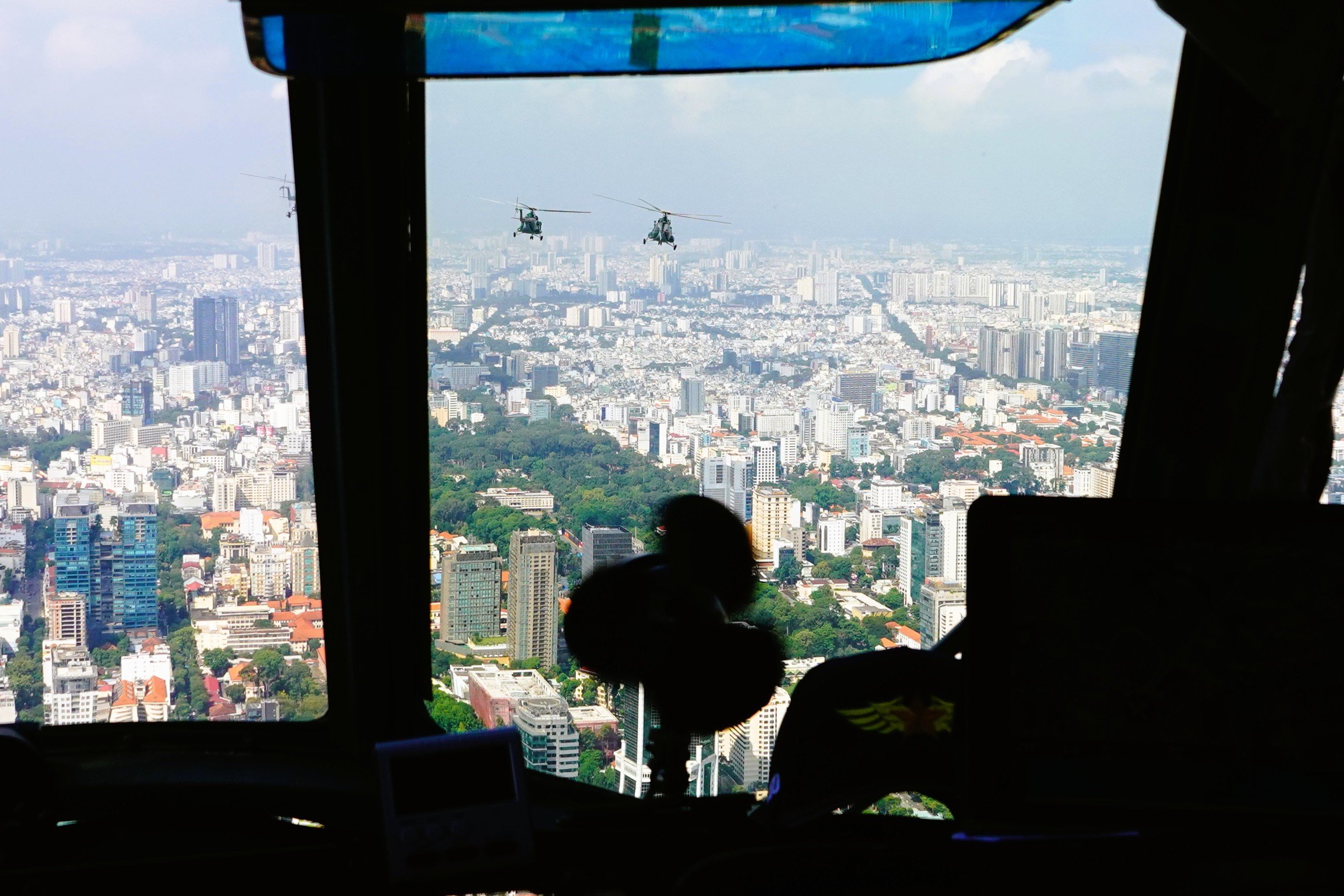
Military planes fly over the Independence Palace
PHOTO: MAI THANH HAI
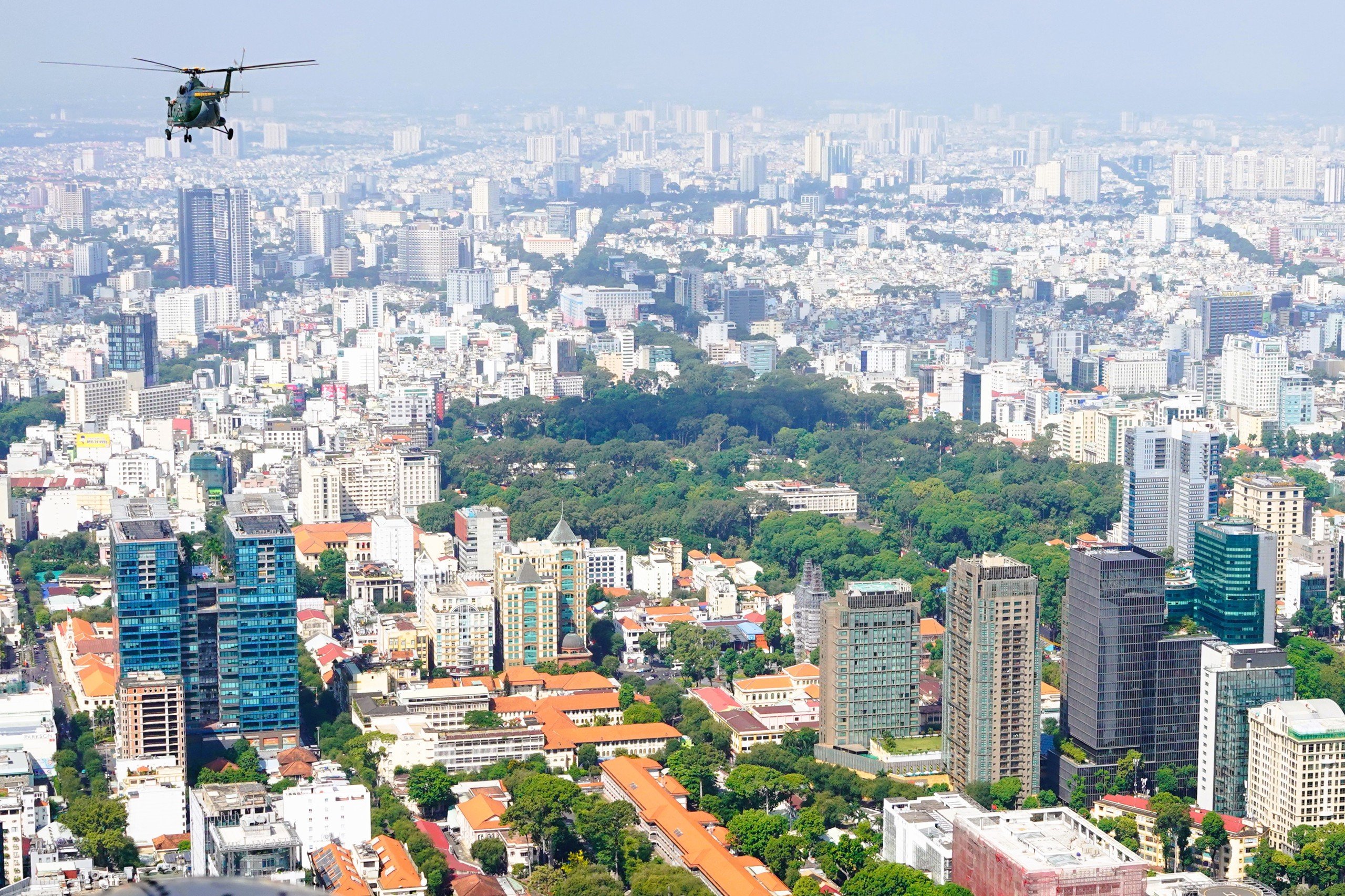
Independence Palace is located in the middle of a green forest.
PHOTO: MAI THANH HAI
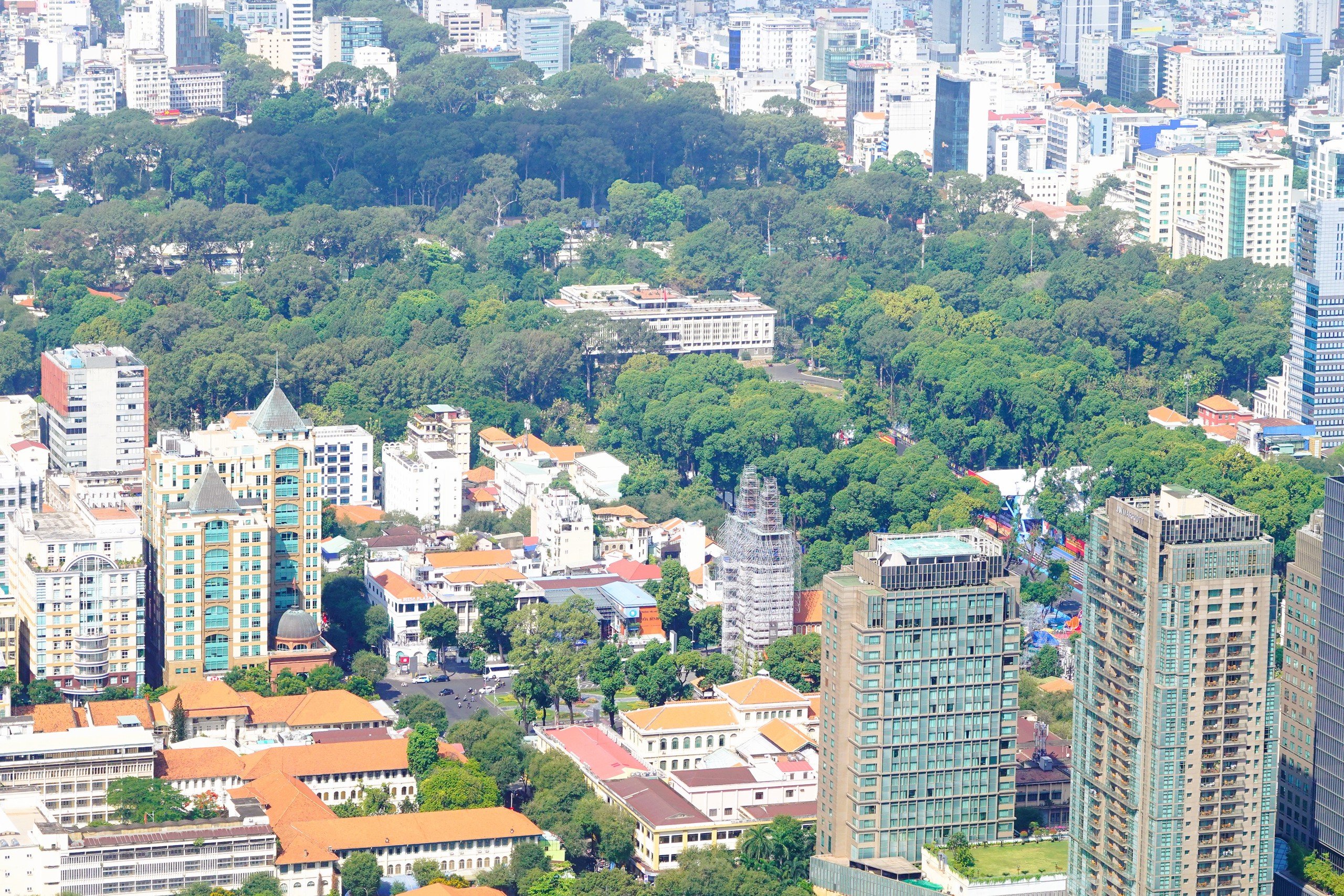
High-rise buildings in front of the Independence Palace area
PHOTO: MAI THANH HAI
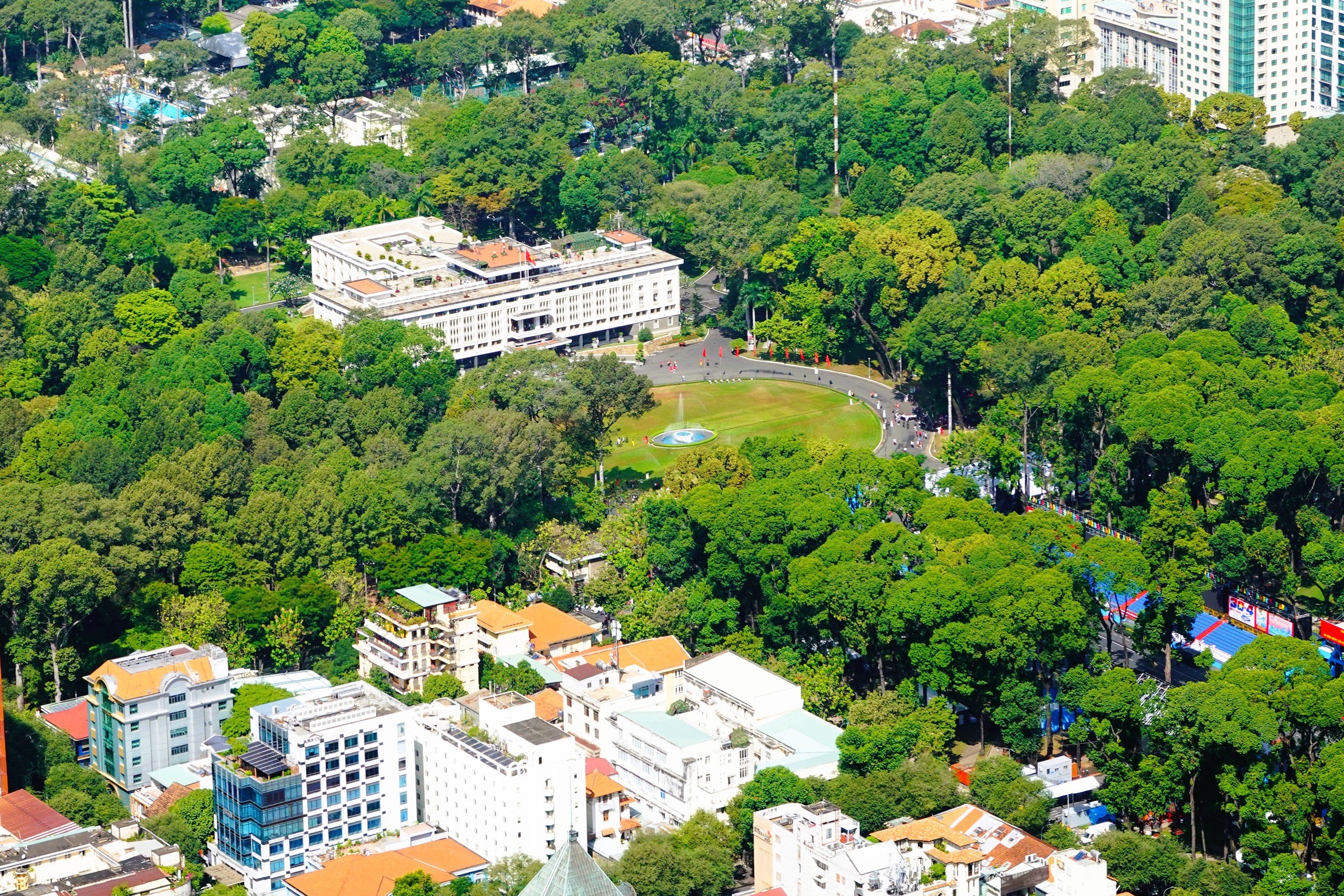
Close-up of the front of the Independence Palace
PHOTO: MAI THANH HAI
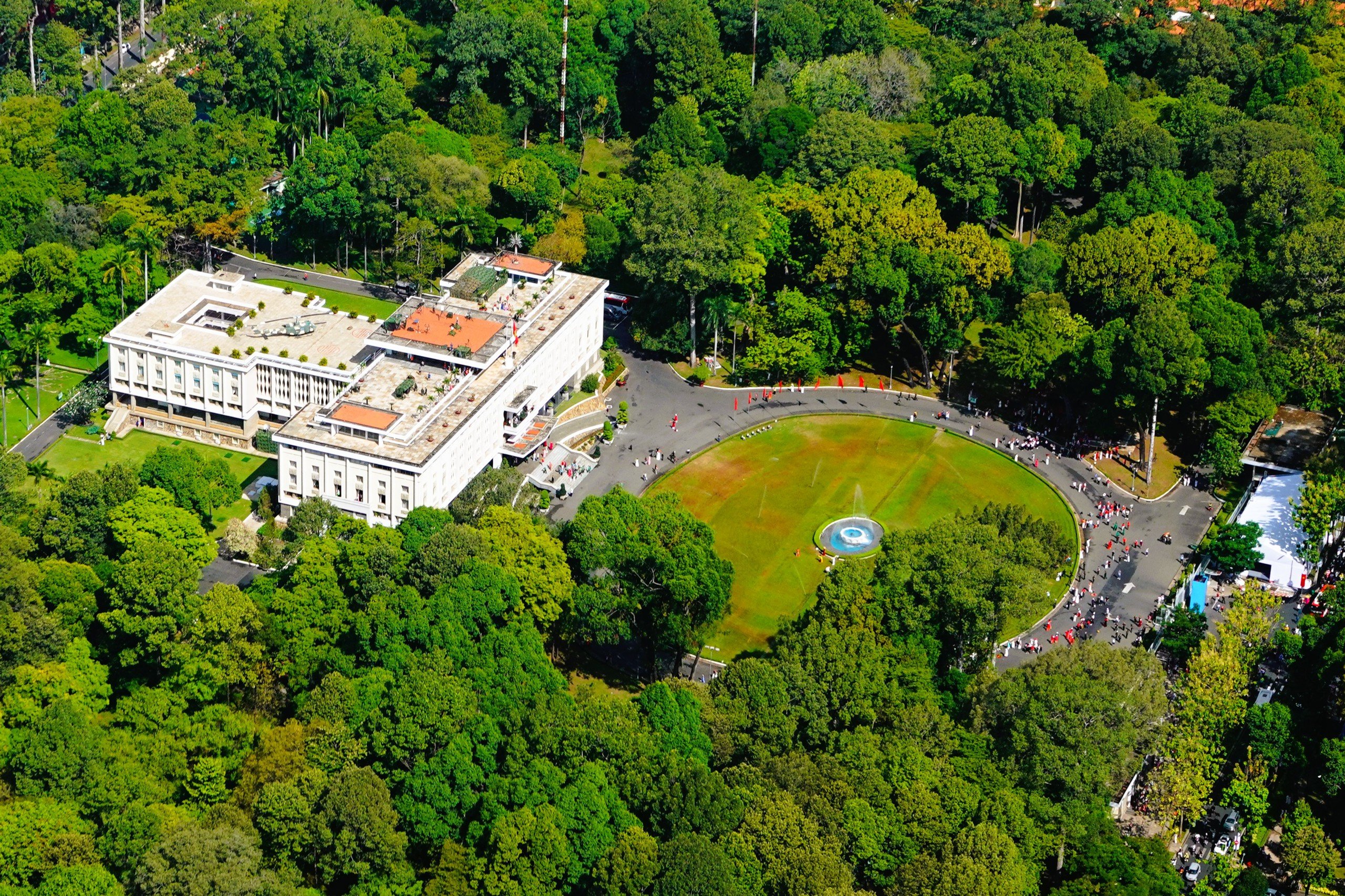
Many people visit the Independence Palace.
PHOTO: MAI THANH HAI
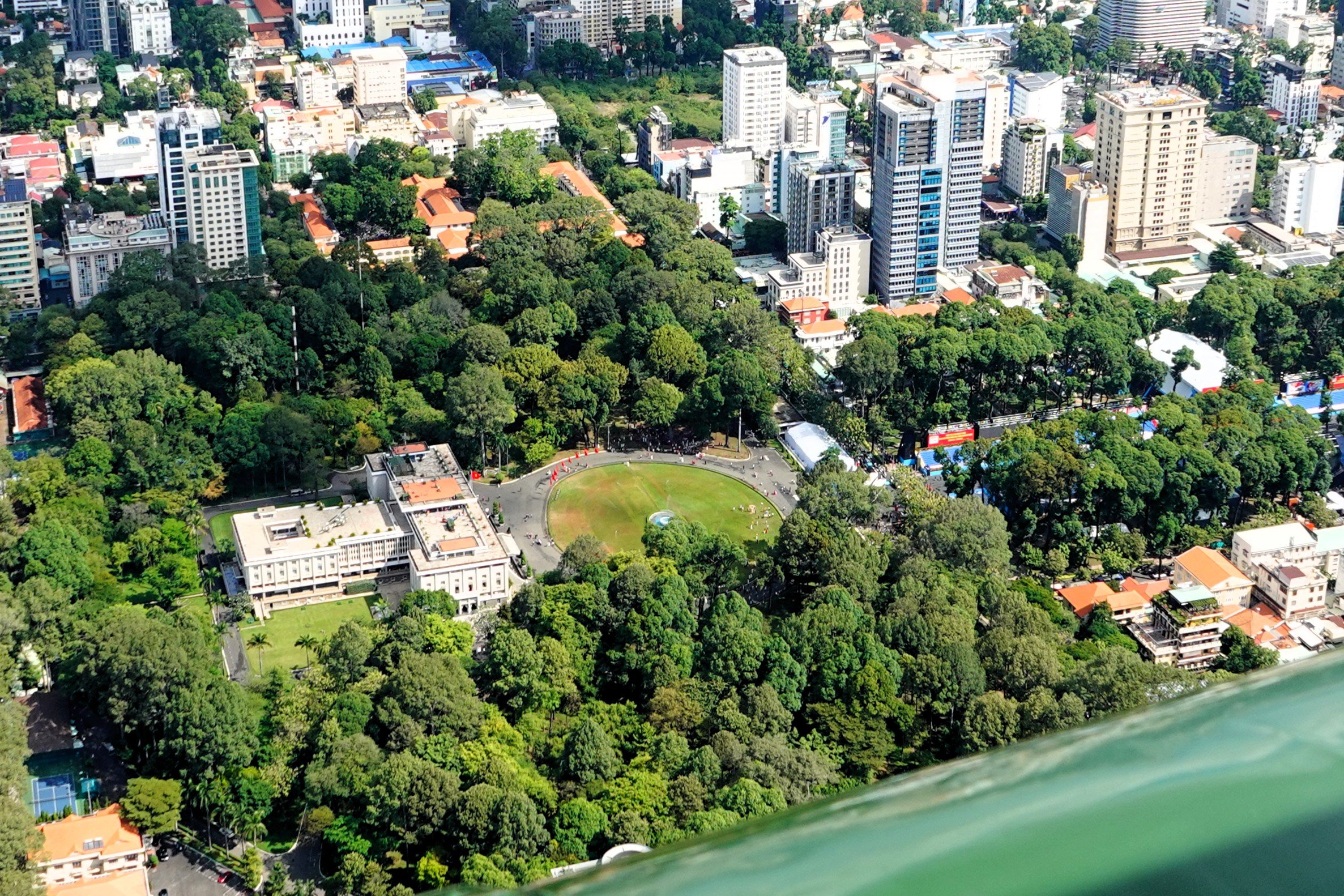
The trees around the Independence Palace are mainly old trees.
PHOTO: MAI THANH HAI
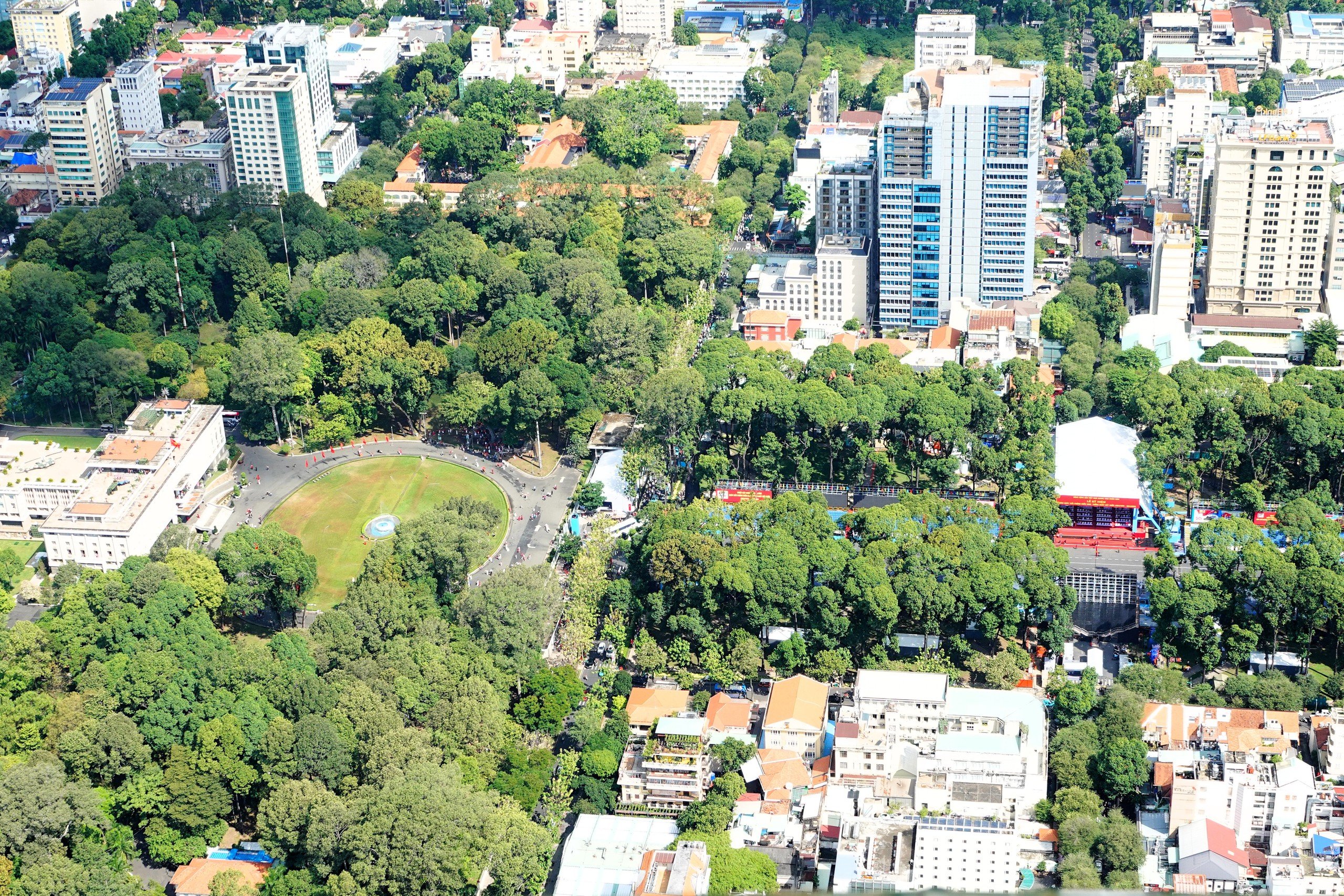
The main grandstand on Le Duan Street (in front of the Independence Palace), where the 50th anniversary of national reunification will be celebrated on the morning of April 30, 2025
PHOTO: MAI THANH HAI
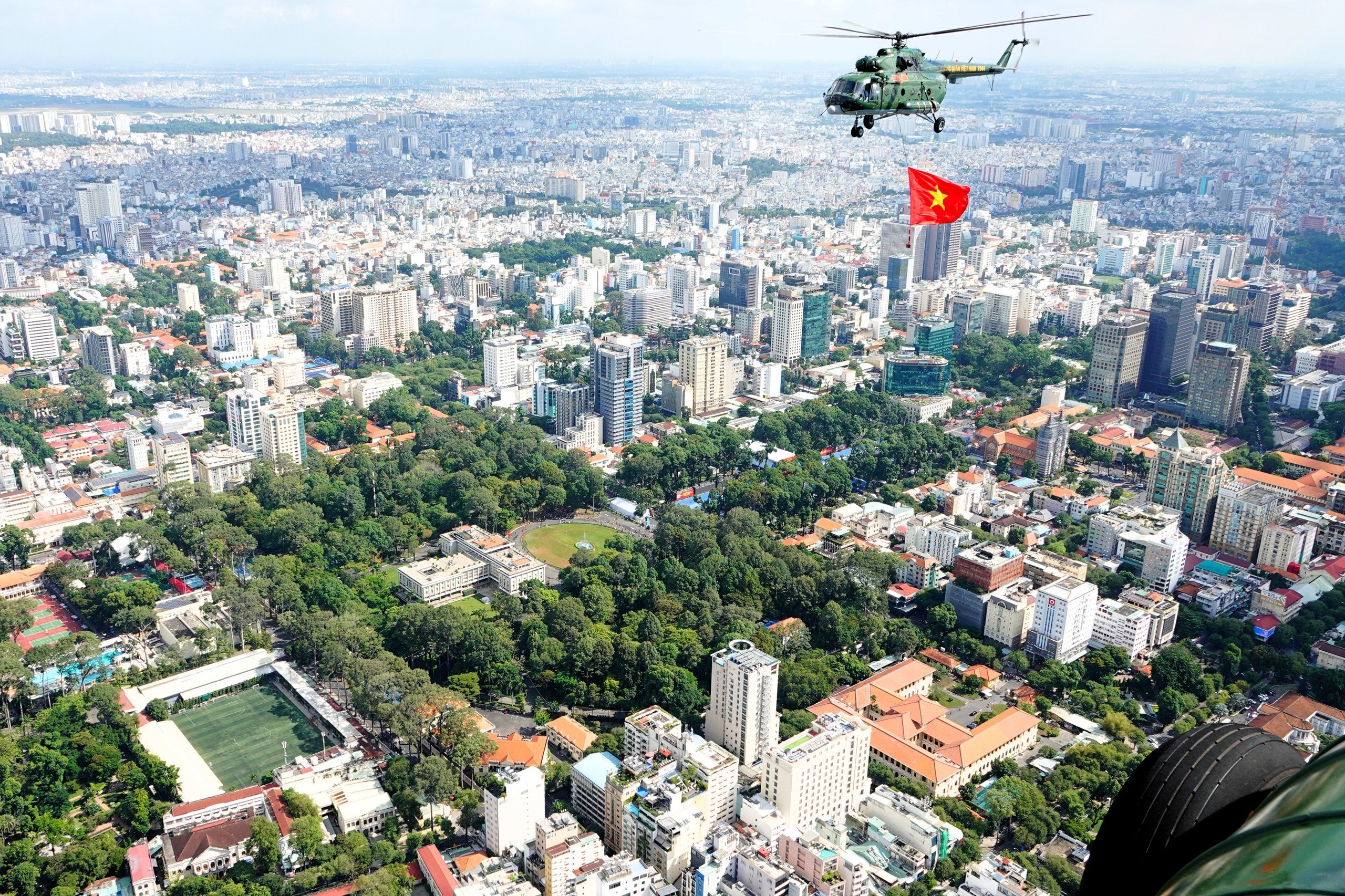
Military helicopters flying over the city
PHOTO: MAI THANH HAI
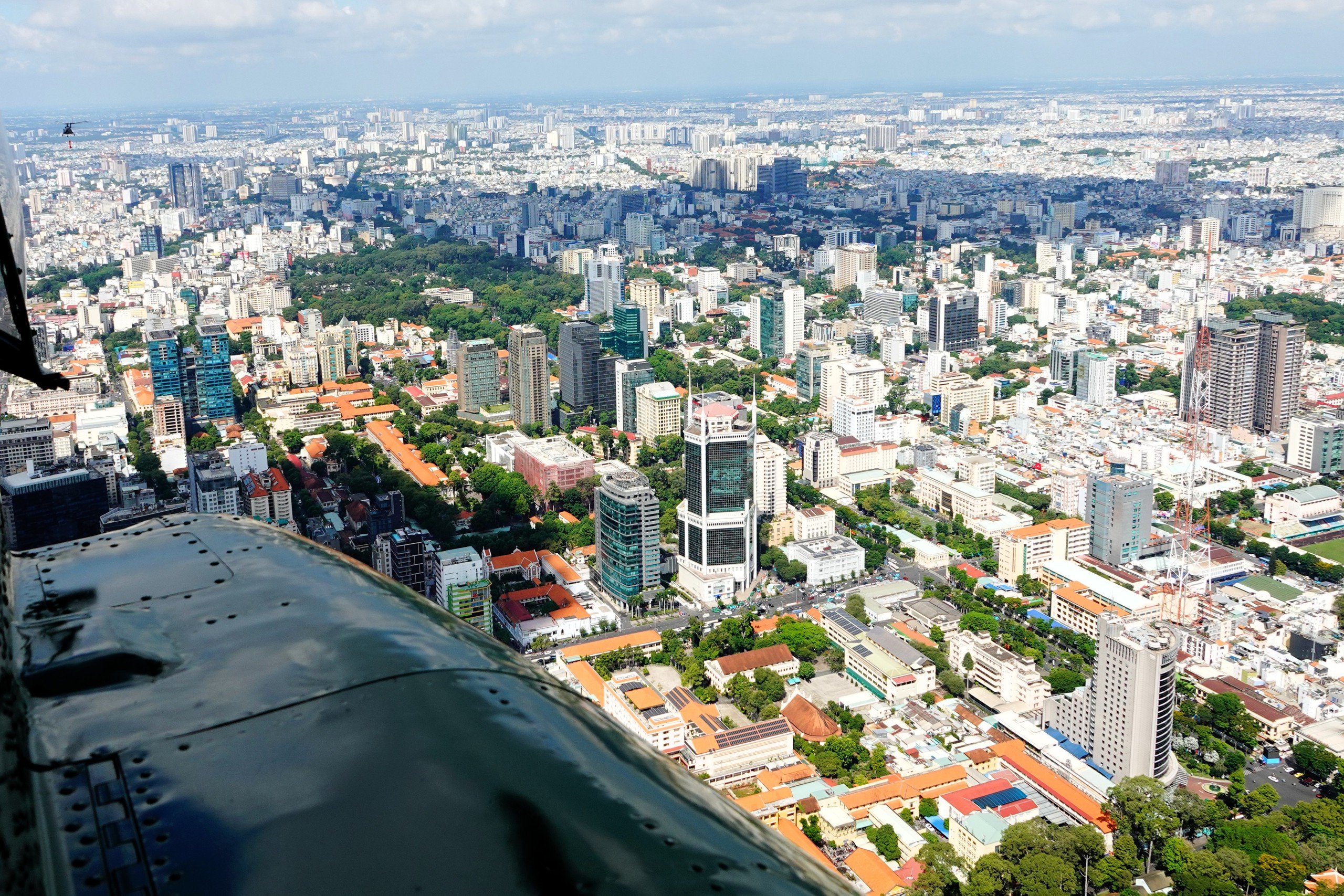
Ho Chi Minh City seen from a military helicopter
PHOTO: MAI THANH HAI
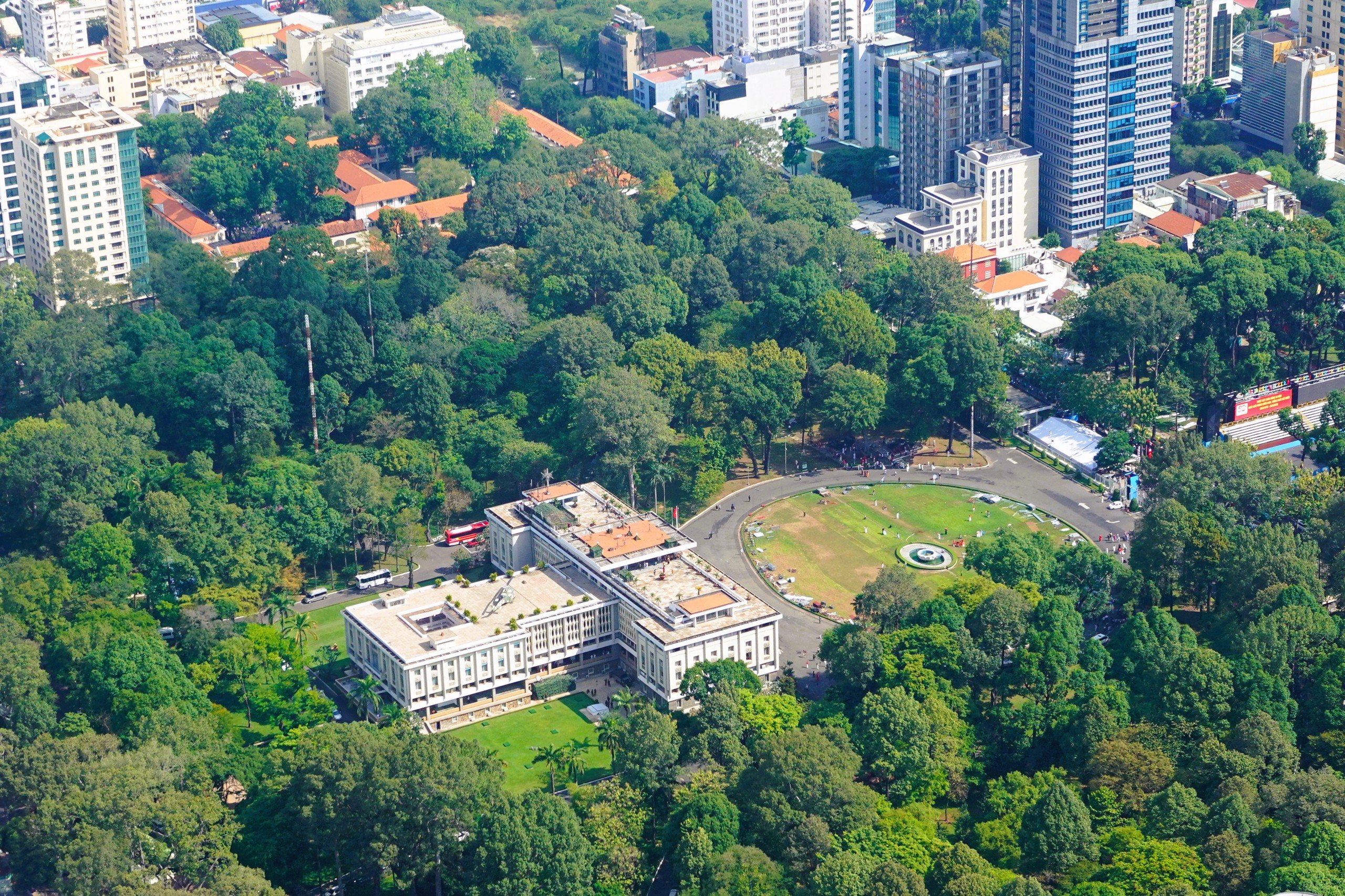
Independence Palace, taken from an airplane
PHOTO: MAI THANH HAI
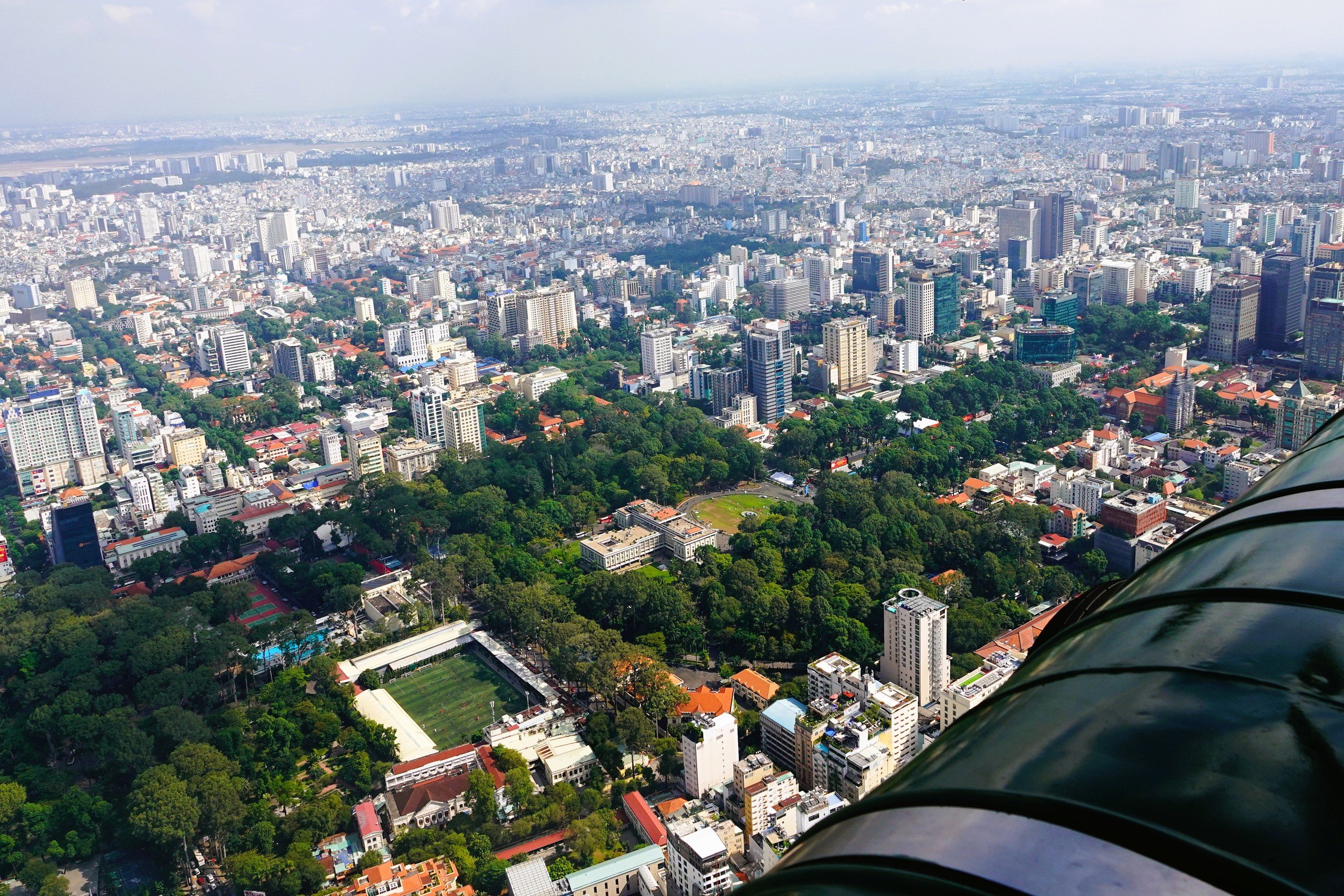
Panoramic view of Ho Chi Minh City from airplane
PHOTO: MAI THANH HAI
Source: https://thanhnien.vn/dinh-doc-lap-nhin-tu-truc-thang-quan-su-185250429123313394.htm


![[Photo] Chinese, Lao, and Cambodian troops participate in the parade to celebrate the 50th anniversary of the Liberation of the South and National Reunification Day](https://vphoto.vietnam.vn/thumb/1200x675/vietnam/resource/IMAGE/2025/4/30/30d2204b414549cfb5dc784544a72dee)
![[Photo] The parade took to the streets, walking among the arms of tens of thousands of people.](https://vphoto.vietnam.vn/thumb/1200x675/vietnam/resource/IMAGE/2025/4/30/180ec64521094c87bdb5a983ff1a30a4)
![[Photo] Cultural, sports and media bloc at the 50th Anniversary of Southern Liberation and National Reunification Day](https://vphoto.vietnam.vn/thumb/1200x675/vietnam/resource/IMAGE/2025/4/30/8a22f876e8d24890be2ae3d88c9b201c)





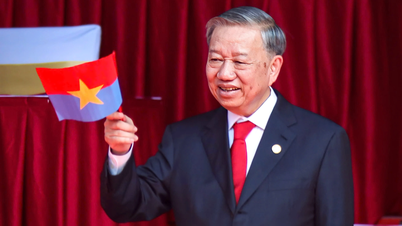
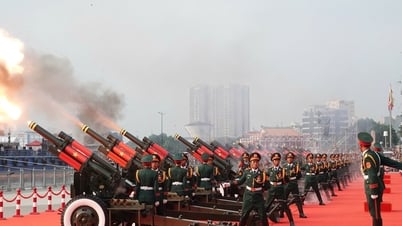
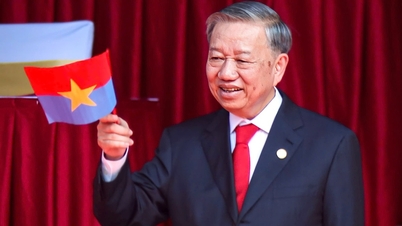
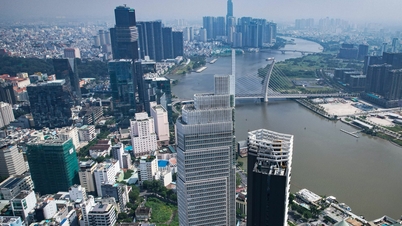










![[Photo] Performance of the Air Force Squadron at the 50th Anniversary of the Liberation of the South and National Reunification Day](https://vphoto.vietnam.vn/thumb/1200x675/vietnam/resource/IMAGE/2025/4/30/cb781ed625fc4774bb82982d31bead1e)















































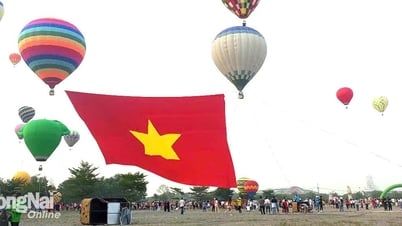

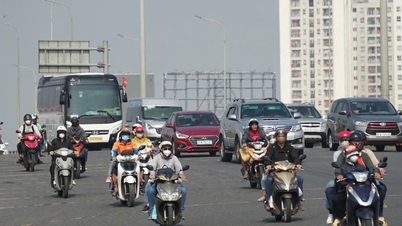
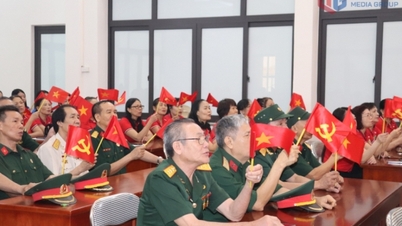


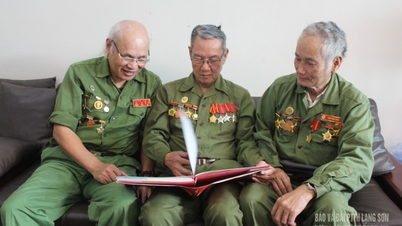












Comment (0)